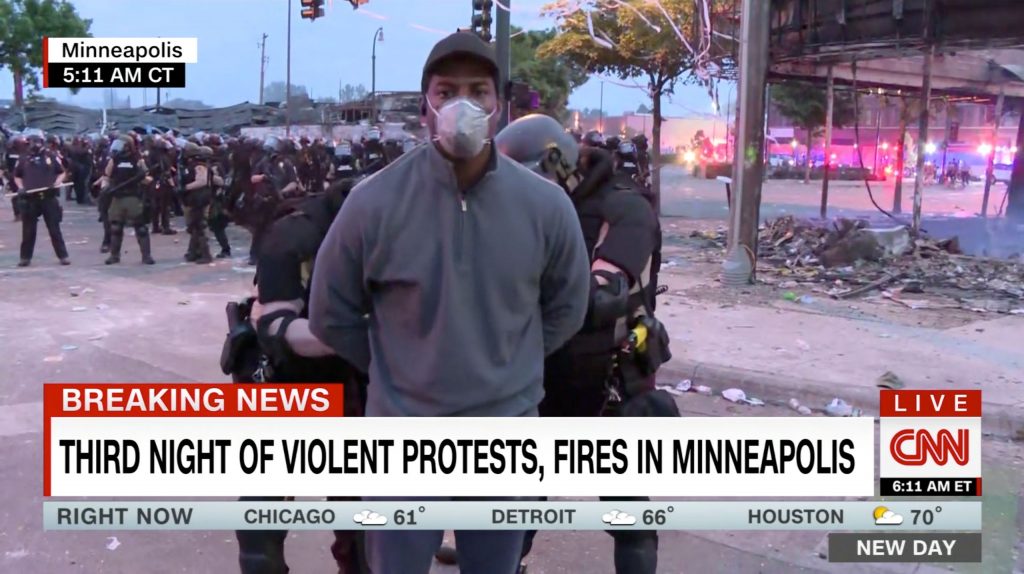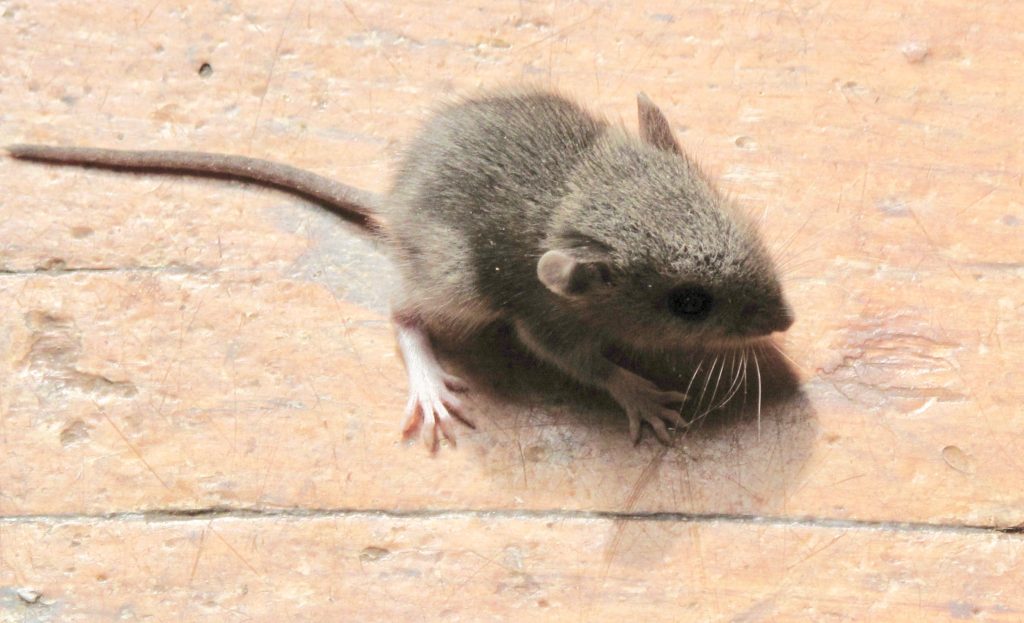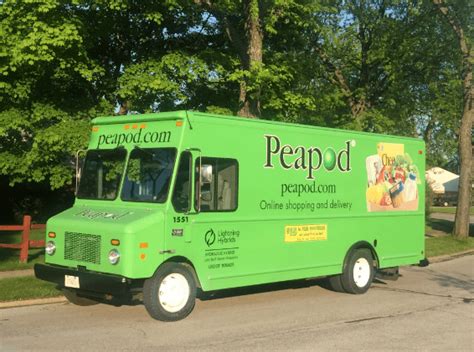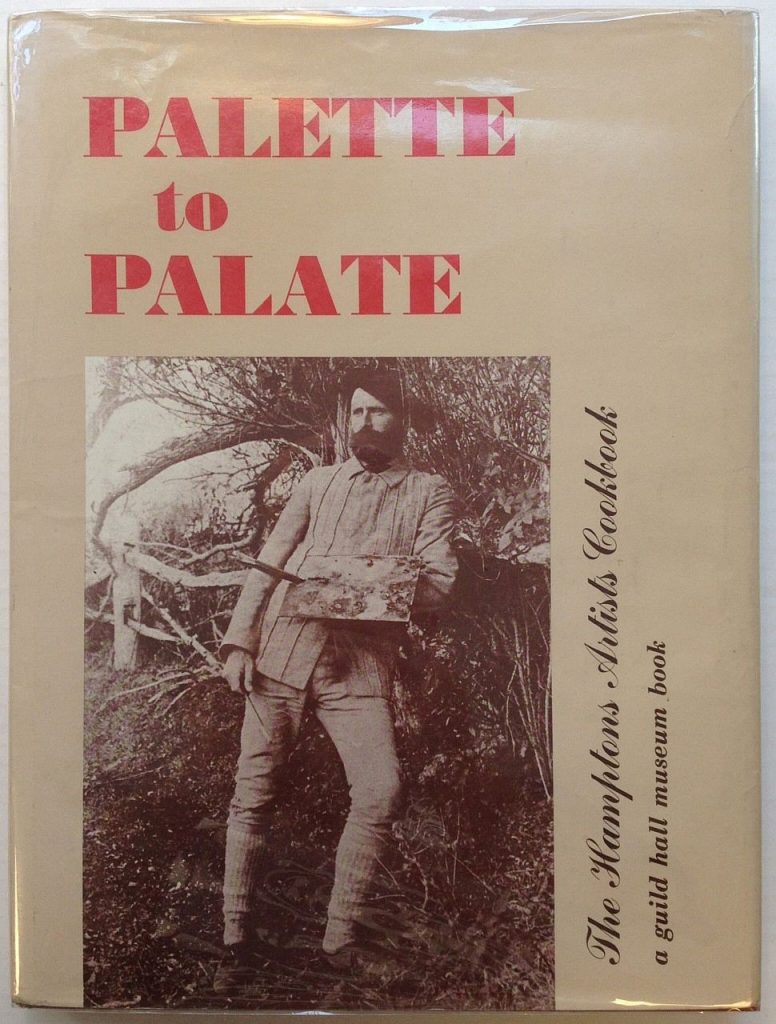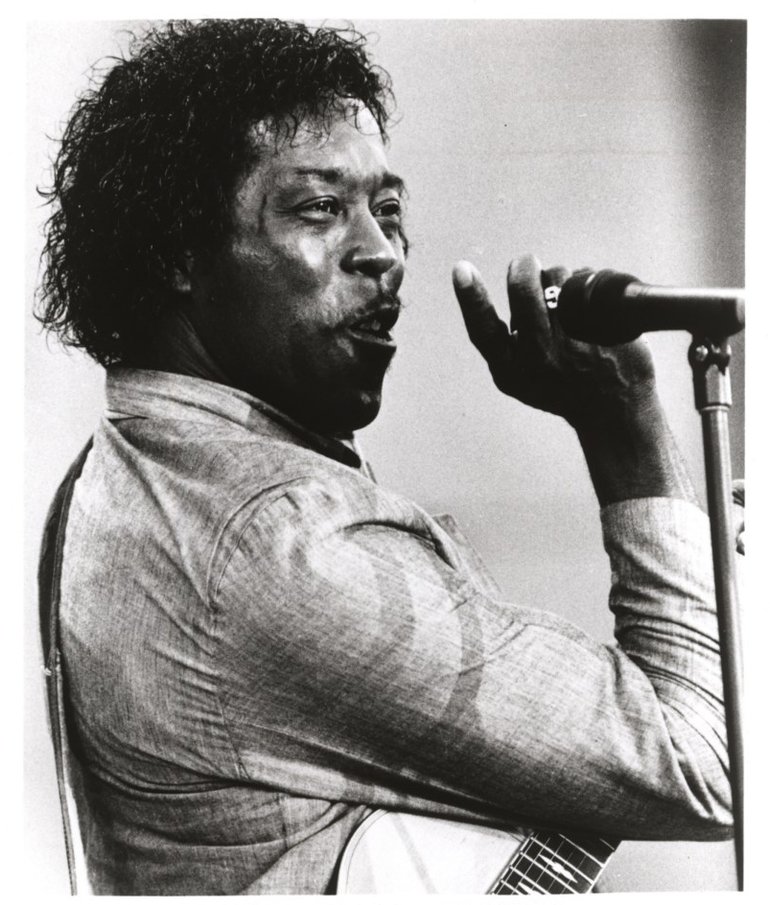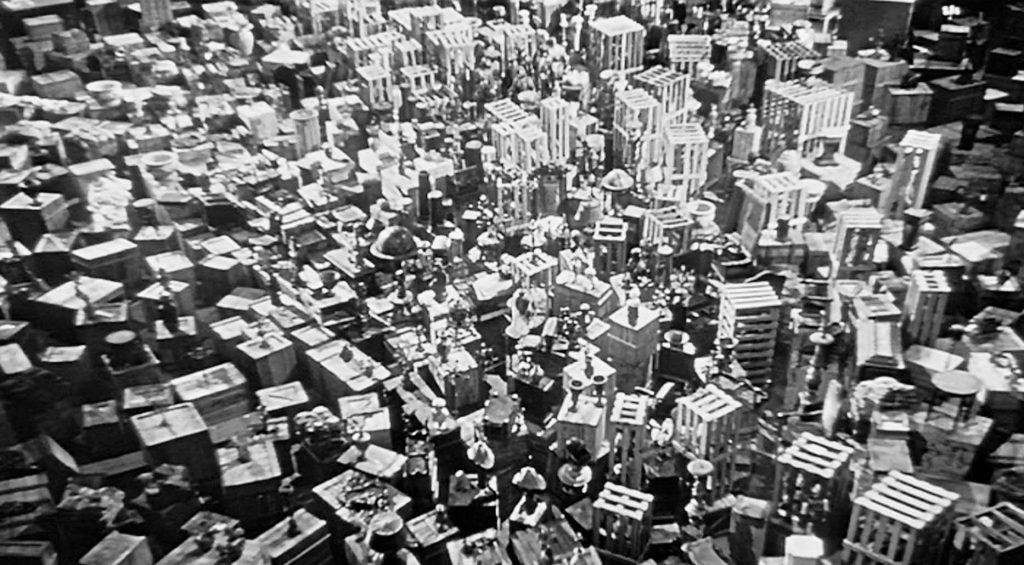
Saturday, June 6
We’re missing a bunch of stuff that’s at the apartment. Thanks to our leased auto, we get the satellite-music channel Sirius both in the car and on a laptop. But one would like to have a little more control over music, and that means recordings that aren’t necessarily out here. There are various cooking equipment items, and a store of pantry supplies, back in New York. And, especially as the weather changes, there are some clothes that we each need.
Accordingly, each of us has begun making lists of things we would retrieve from the apartment if we ever go there again:
CDs-
Thelonious Monk—Underground
Thelonious Monk—Misterioso
John Coltrane and Johnny Hartman
Kenny Barron Trio—Book of Intuition
Charlie Haden and Christian Escoude—Duo
The Beatles—Sgt. Pepper’s Lonely Hearts Club Band
Dr. John—Gumbo
and plenty more I am sure
KITCHEN STUFF–
Tramontina nonstick skillet
immersion blender
herbs and spices: turmeric, paprika, bay leaves, oregano
grains: wheatberries, quinoa, Irish oatmeal
ELECTRONICS
computer printer
photo scanner
alarm clock
CLOTHES
Hardy’s shorts
socks
polo shirts
shoes
Emily’s bathrobe
jeans
shorts
hiking boots
ETC.
throw pillows
oximeter
What about old photos, including my mother’s photo albums? It would be nice to have digital scans of my parents in their young adulthood, my sister, my own school photos, and more.
And there are hundreds of books. In writing this journal, I’ve drawn on many books that are out here, but there are loads more that I am missing. Still, there’s hardly any place to put them here.
If we were really going to move here semi-permanently, we’d want to bring old tax records and other documents. Just going through such stuff would constitute a major project. Thinking about that makes one despair—someday, maybe, I’ll hire someone to help me winnow down the boxes of documents used in writing books, old medical records, insurance papers, and bank records.
My stuff doesn’t exactly compare with the miles of possessions shown at the end of Citizen Kane, but there is plenty. Which makes one wonder: What do landlords or building managers do with the huge stores of possessions left behind by the victims of the pandemic? Relatives are encouraged to come and claim it all, no doubt—but what if they don’t? Is there a small industry disposing of unwanted stuff? And what did civilization do before the invention of paper shredders?
Dinner: Broccoli stir-fry with chicken and mushrooms, white rice.
Entertainment: the final episodes of the Belgian policier The Break.



